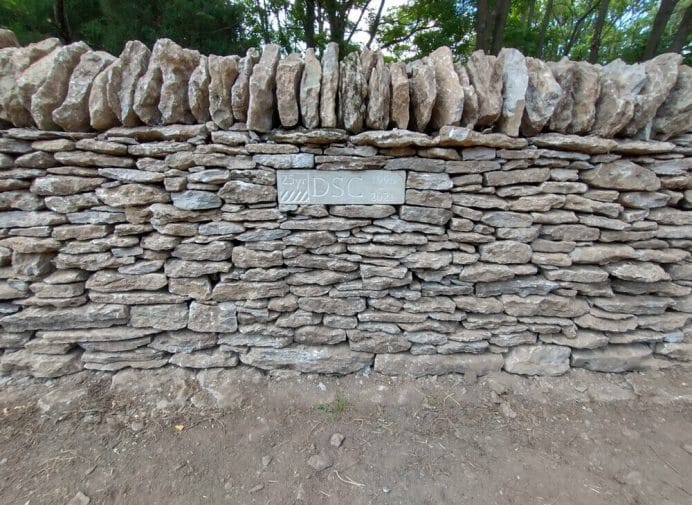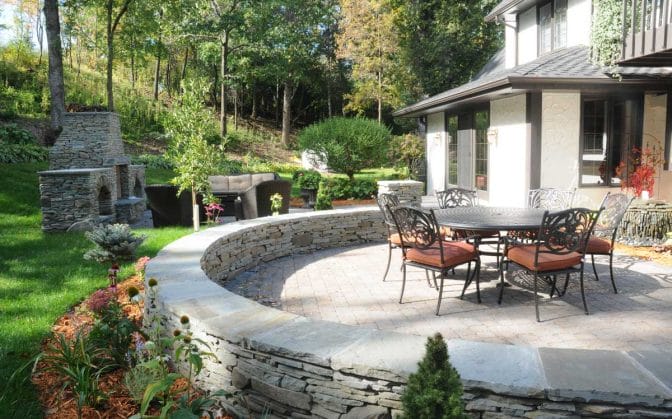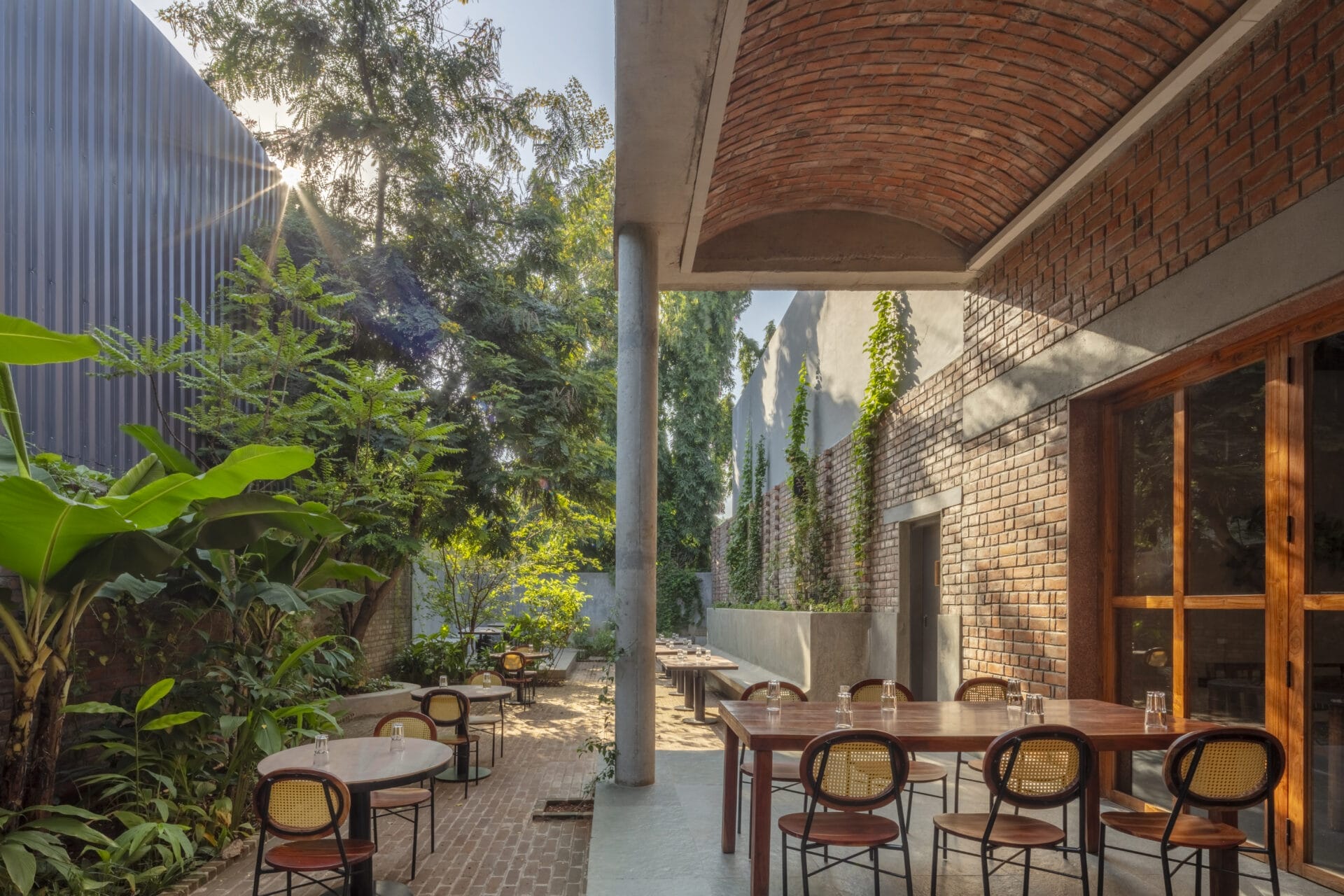
With the evolution of techniques and materials, the essence of vernacular building style has faded away. Those techniques and materials might not be in use but one cannot deny their finesse and pleasing aesthetics.
Stone is the oldest known material known to humankind and was used extensively in the construction of various structures. Egyptian pyramids, Peruvian temples, parts of Machu Picchu, Prehistoric dwellings like brochs and bories, canals, dams, bridges, and dry stone terraces are a few of the many examples of ancient marvels of dry stone construction scattered all over the world.

Dry Stone construction is a thousand-year-old method that involves the layering of stones without any binding agent to construct walls and other structures. It was traditionally used in areas with abundant stone resources. The position and weight of stone hold the structure in place and require skilled craftsmen for construction. It is a time-consuming and attention-driven process but the resulting structure lasts for a long time with minimum maintenance required. These walls are fire, water, and if properly designed then earthquake resistant and can be easily repaired for any wear and tear. It does not require any stiff footing saving the expenses of material and labor. It was included in the UNESCO list of Intangible Cultural Heritage of Humanity

Materials and Techniques used in dry stone construction
The stones that are employed for Dry-stone construction should be flat or angular rather than being round. More surface contact amongst stones will reduce the chances of slipping and increase the stability of the structure. The size of the stone can vary from the smaller ones to the very large ones. The size and shape of stones are molded according to the need using hammers and chisels. Apart from the only major tool used for construction- the hands of the craftsman, another tool that can be helpful are String Line. It is a long string connecting two large flat metal pins which are mounted into the ground as a line guide to keeping the wall straight.

The site is cleared of waste, debris, or stones and the base of the wall is laid upon the subsoil in a shallow channel transferring the weight to earth and the larger stones at the bottom supporting the weight of the wall. The flat side of the stone faces down to ensure a stable construction and is usually referred to as foundation stone. The next step is layering the courses in a horizontal format that is precisely placed to ensure a tight interlocking and proper construction of the wall. The technique should be carefully thought through and applied on-site where the neighboring stones support each other from not falling and increasing the life of the structure.


Projects crafted for preserving and restoring dry stone construction
The greek areas had round stone availability and the ancient cities Tiryns and Mycenae used the dry stone as the primary load-bearing structure. The Incans used double-leaf wall dry stone construction as seen in some parts of Machu Picchu. The stones are intricately dressed to ensure minimum gapping and enhance the aesthetics of the structure. In British isles, dry stone walling was used for constructing boundaries on lands of farmers and on churchyards that are lateral and gray.

Apart from the historic use of dry stone construction, some other examples of projects are-
1) Pleasant Lake, North Oaks
It is a residential outdoor project by Arabella Stone Co. for a client in North Oaks. To complement the landscape of the backyard, Irish walling is designed using Dry-stone construction. A bluish-looking new york limestone called bluestone is used along with some river jacks to get the desired effect. The construction included an outdoor kitchen, BBQ, patio, pergola, water feature, and stone arch outdoor fireplace. The water feature is a sculpture shaped like acorns and arches over wooden boxes is a traditional element used for years in dry stone construction. The artist at Arabella Stone Co. specializes in dry stone techniques and is driven towards working on the projects aligned with it.



2) Dwelling in Himachal Pradesh
Ample examples of dry stone construction units can be found in different regions of Himachal Pradesh. It belongs to the vernacular architectural technique of the area and incorporates wood along with stone for building any structure. The stone units provide insulation in cold weather and are resistant to extreme weather conditions.

3) Drystone Walls of Pivka by Interreg
It is an organization in Central Europe working towards restoration and retrofitting of existing stone constructions. Dry-stone constructions are considered a part of the cultural landscape and contribute to the increase in biodiversity according to the Interreg team. The skill is lost and needs to be embraced and revived as a construction technique.


The construction technique reflects the sense of history and the relevance of its revival in today’s scenario.
Image Credits: To the respective owners




















